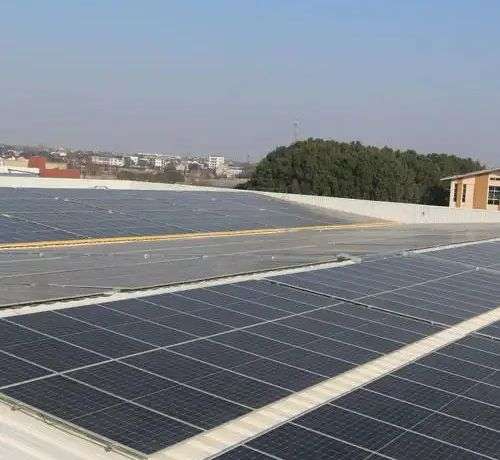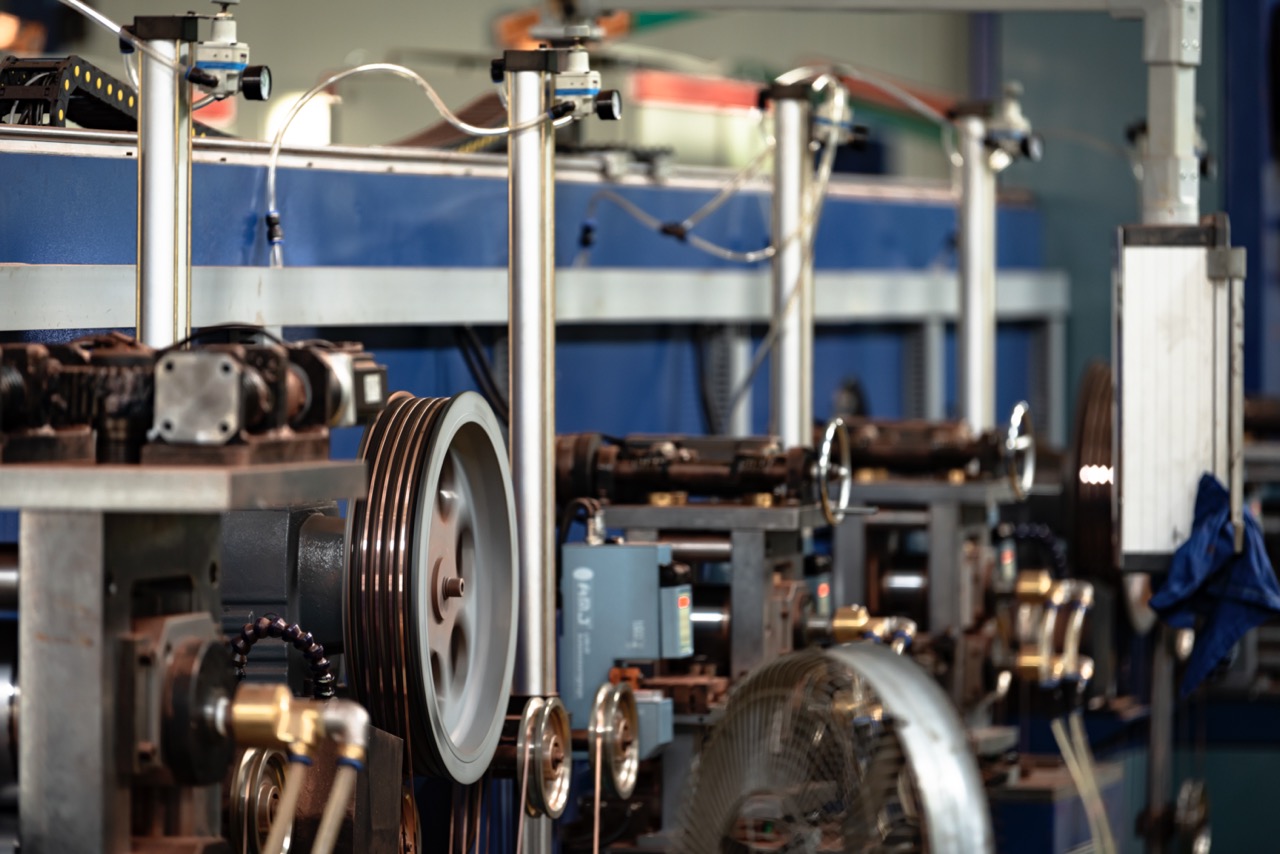Photovoltaic modulesThe string soldering process is crucial to ensure the performance and reliability of components. The following are the key steps and precautions in the string soldering process:
1. Preparation before string soldering: Clean the string soldering template
- Purpose: Cleaning templates is forPhotovoltaic welding ribbonDuring the welding process, remove impurities such as tin slag and tin wire that may affect the quality. These impurities may cause damage to the battery cell during the welding process, especially may cause the battery cell to crack.
- Operation requirements: After completing the welding of each component, clean the template in time to ensure that the template is clean and avoid residual welding waste affecting the next component.
2. Cleaning after soldering: remove tin wire and tin slag
- Purpose:Clean the tin wire and tin slag on the battery string to help ensure the electrical performance and mechanical stability of the module. Excessive tin slag may cause short circuit or damage to the battery cell.
- Operation requirements:
- After completing the string soldering of each string of battery cells, use a special brush to clean the tin wire and tin slag.
- The cleaning brush can only be used to clean the battery string and preheating table. Avoid the cleaning brush from contacting the work surface to avoid bringing dirt into the next welding.
- The brush needs to be replaced every 2 hours, or the dirty brush should be replaced in time to ensure the cleaning effect.

3. Cell distribution and welding preparation
- Purpose: Distribute the cells reasonably to ensure that they are flat and arranged correctly to avoid any deviation during the welding process.
- Operation requirements:
- When the battery cells are taken out from the area to be soldered, they are distributed from left to right.
- When distributing the cells, avoid placing them on the blocks of the template and ensure that they are in the correct position.
- Before welding, make sure there is no foreign matter on the welding template and ensure a good welding environment.
4. Precautions during welding
- Operation requirements:
- Welding sequence: Start welding from the first centipede wire to ensure that each solder joint is complete and even. After welding, check whether the solder strips are parallel and ensure that the welding position is within the back electrode of the cell.
- Avoid bending: The soldering ribbon should be kept flat after soldering and should not be bent. If it is bent, it may affect the current transmission efficiency and even cause damage to the battery cell.
- Cell spacing: During the welding process, especially when operating the spacing between battery cells, be careful to handle them with care to prevent the battery cells from being damaged or broken due to impact.
5. Temperature control
- Operation requirements:
- Soldering station temperature: The temperature of the welding table should be maintained at 360±3℃This temperature range helps ensure a good bond between the solder ribbon and the cell while avoiding damage to the cell due to overheating.
- Preheating table temperature:The temperature of the preheating table should be controlled at 60±3℃, preheating helps to reduce the excessive temperature difference of the battery cells during welding and reduce the risk of breakage.
Summarize
The string welding process of photovoltaic modules is a key step to ensure the quality and performance of the modules. Every detail, from template cleaning to temperature control during welding, directly affects the electrical performance and mechanical stability of the module. Through standardized operation, strict cleaning and temperature control, the power generation efficiency and service life of photovoltaic modules can be effectively improved, and the scrap rate can be reduced.
